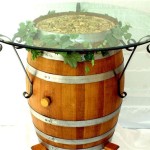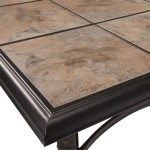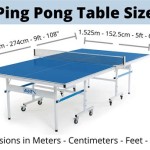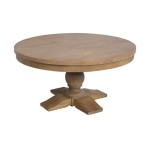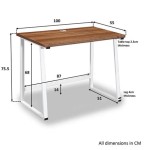Essential Aspects of DIY Vegetable Garden Fence Ideas
Creating a vegetable garden is a rewarding endeavor that provides fresh, organic produce for your family. However, protecting your precious plants from pests, animals, and weather elements is crucial for a successful harvest. A well-designed fence is an essential element in safeguarding your garden and maximizing its yield. Here are some key aspects to consider when planning and constructing a DIY vegetable garden fence:
Material Selection:
The choice of fence material depends on your budget, aesthetic preferences, and the specific needs of your garden. Wooden fences are popular for their natural look and durability, but they require regular maintenance. Metal fences, such as galvanized wire or chain link, are strong and durable but can be more expensive. Plastic fences are lightweight, affordable, and easy to install, but they may not be as sturdy as other materials.
Height and Spacing:
The height of your fence will depend on the size of your garden and the types of animals you need to deter. A fence of 2-3 feet tall is sufficient for most vegetables. The spacing between fence posts should be narrow enough to prevent animals from squeezing through, but wide enough to allow for airflow and maintenance.
Design:
Consider the overall design of your fence to complement the aesthetics of your garden. You can incorporate decorative elements, such as latticework or arched gates, to add character. A trellis or wire mesh can be attached to the fence to provide support for climbing plants like beans or tomatoes.
Animal Protection:
If you live in an area with deer or other large animals, you may need to install a higher fence or add additional barriers, such as electric wire or motion-activated sprinklers. Smaller animals like rabbits and rodents can be deterred with a fence made of fine mesh or hardware cloth.
Weather Resistance:
Choose a fence material that is resistant to the weather conditions in your area. If you live in a region with strong winds, you may need to install windbreaks or reinforce the fence with additional supports. A fence that protects your vegetables from hail or heavy rain can also extend the growing season.
Maintenance:
Regular maintenance is essential to keep your vegetable garden fence in good condition. Inspect the fence regularly for any damage or repairs needed. Wooden fences require periodic painting or staining to protect them from rot and decay. Metal fences may need to be galvanized or coated with a rust-resistant material.
A well-constructed DIY vegetable garden fence can provide numerous benefits for your garden. By protecting your plants, maximizing yield, and adding aesthetic appeal, a fence can enhance your gardening experience and ensure a successful harvest.

How To Make A Great Garden Fence Diy

6 Tips To Create An Animal Proof Garden Fence The Seasonal Homestead

Diy Garden Fence Ideas Protect Your Harvest Champagne And Mudboots Fenced Vegetable Building A Raised

10 Inspiring Garden Fences The Family Handyman

Diy Raised Garden Bed Cover To Protect Beds From Animals Hydrangea Treehouse

Deer Proof Garden Fence Ideas

Diy Garden Fence And Arbor Stacie S Spaces Layout Fencing
Diy How To Make A Garden Fence Oh Everything Handmade Llc

Build A Diy Garden Fence

Diy Raised Garden Bed Cover To Protect Beds From Animals Hydrangea Treehouse

